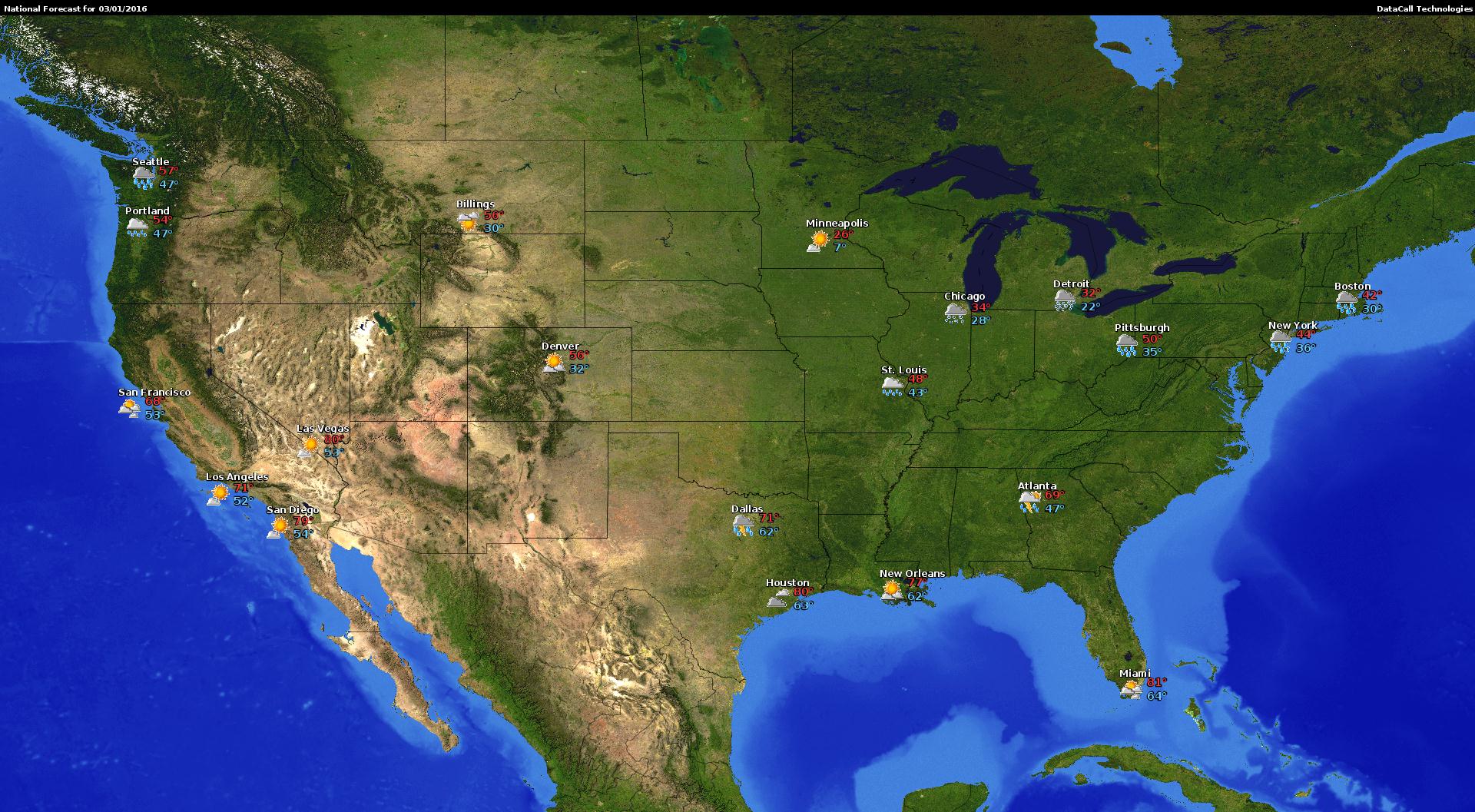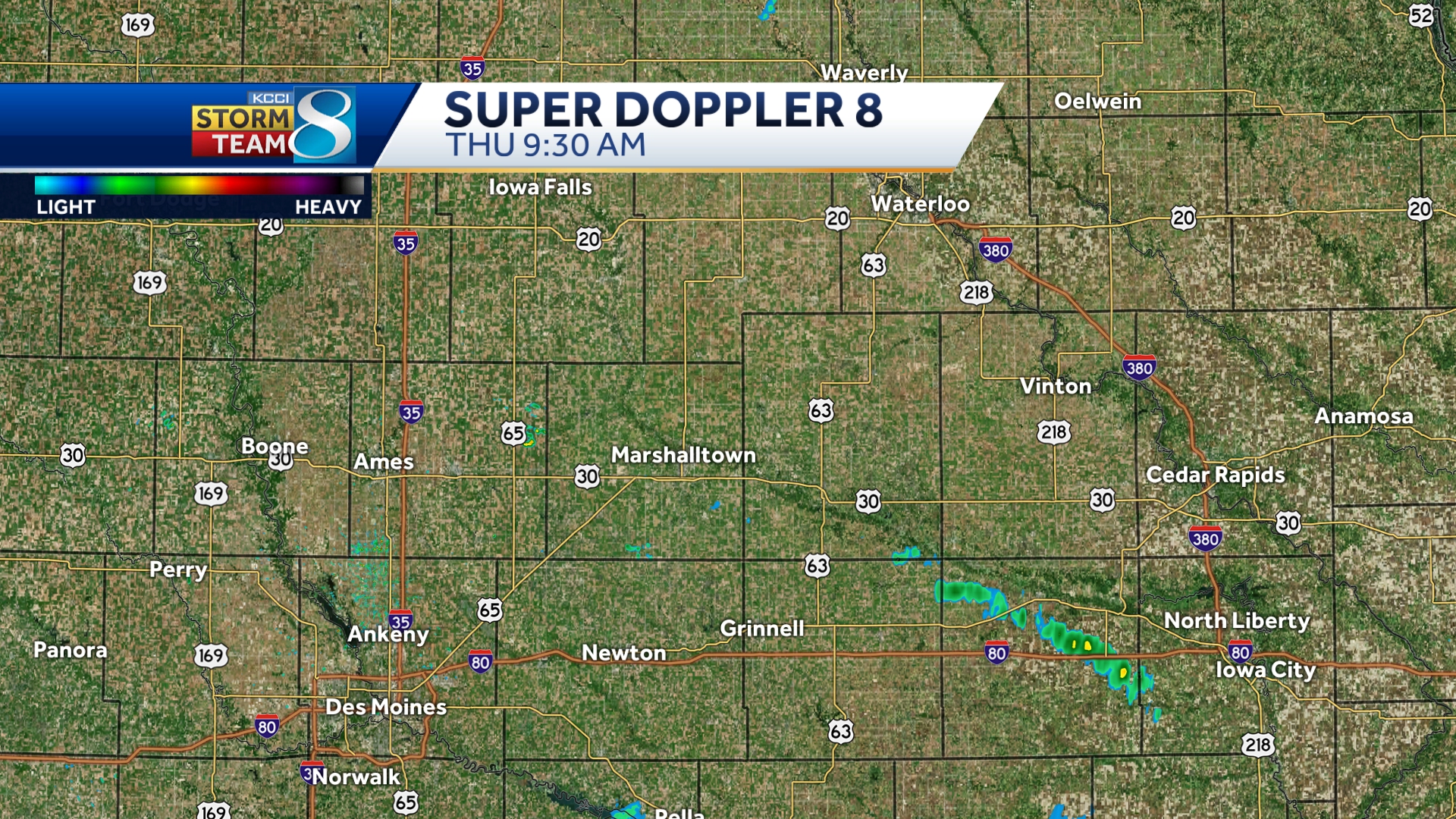
Note: it's a small fraction of the emitted energy that is scattered directly back toward the radar. If the energy strikes an object (rain drop, snowflake, hail, bug, bird, etc), the energy is scattered in all directions (blue). The radar emits a burst of energy (green in the animated image). Hourly forecasts are available as well.NEXRAD (Next Generation Radar) obtains weather information (precipitation and wind) based upon returned energy.

Enter a location, and you’ll get the current conditions and forecast (updated every 15 minutes), as well as in-depth statistics and timelines of conditions like wind speed, visibility, and humidity as they’ve been tracked throughout the day.

Storm is billed as “the Best App for the Worst Weather,” and it’s kind of hard to argue with that. Weather Underground culls information from more than 200,000 stations worldwide. Now they’ve updated their offerings with a new inclement weather app for mobile devices called Storm from Weather Underground. Since it launched in 1995, has taken a unique approach to weather forecasting, relying on both data from public agencies and a sprawling network of citizen scientists using their own personal weather stations. The sticky humidity and heat that’s bothering apartment dwellers in urban basins in the southwest aren’t fun, but up in the mountains they could easily trigger surprise thunderstorms and monsoon rains, not to mention dangerous flash floods in the canyons below - even when the skies are clear.

Beyond filling the time with idle small talk at the water cooler, weather reports can have a huge affect on our trail time plans … and many times, those weather conditions are more than an inconvenience - they can be downright life threatening. As someone who spends a significant amount of time outside, odds are you probably pay a bit more attention to weather reports and forecasts than your Average Joe Coworker.


 0 kommentar(er)
0 kommentar(er)
